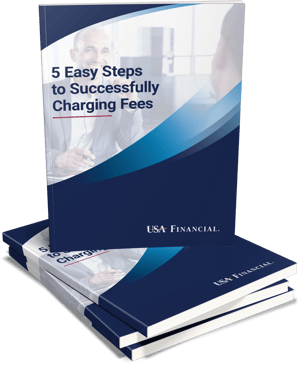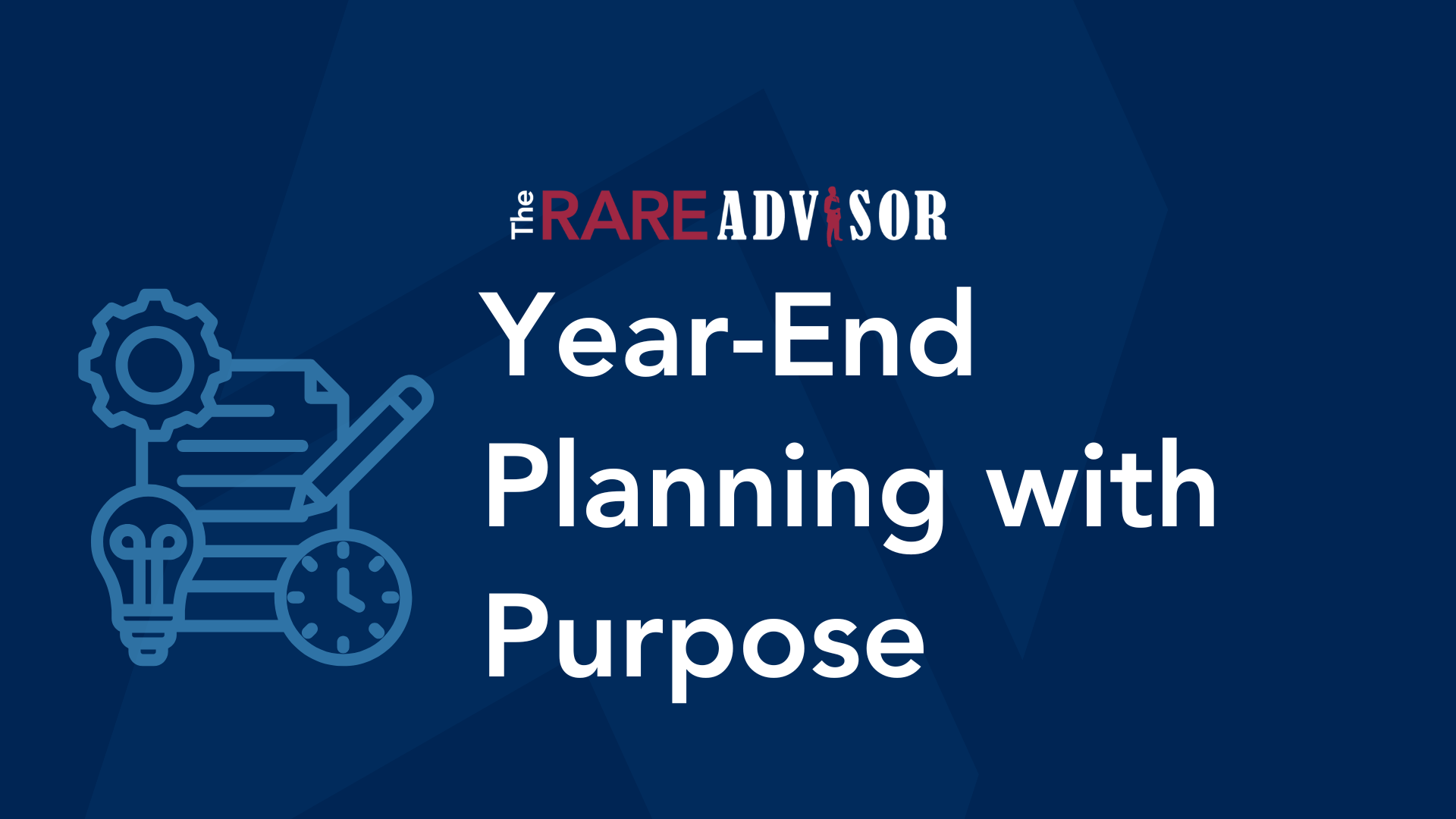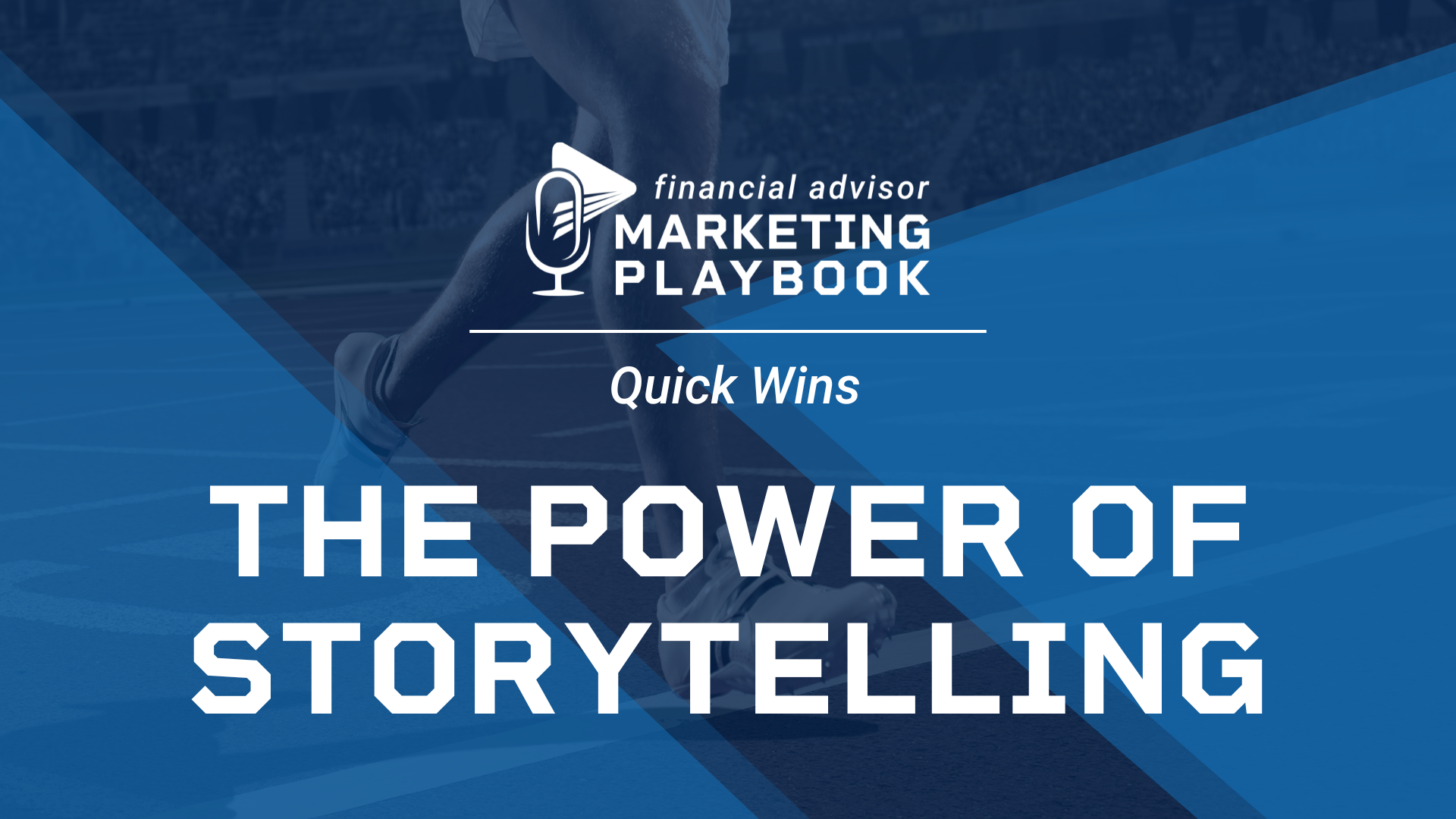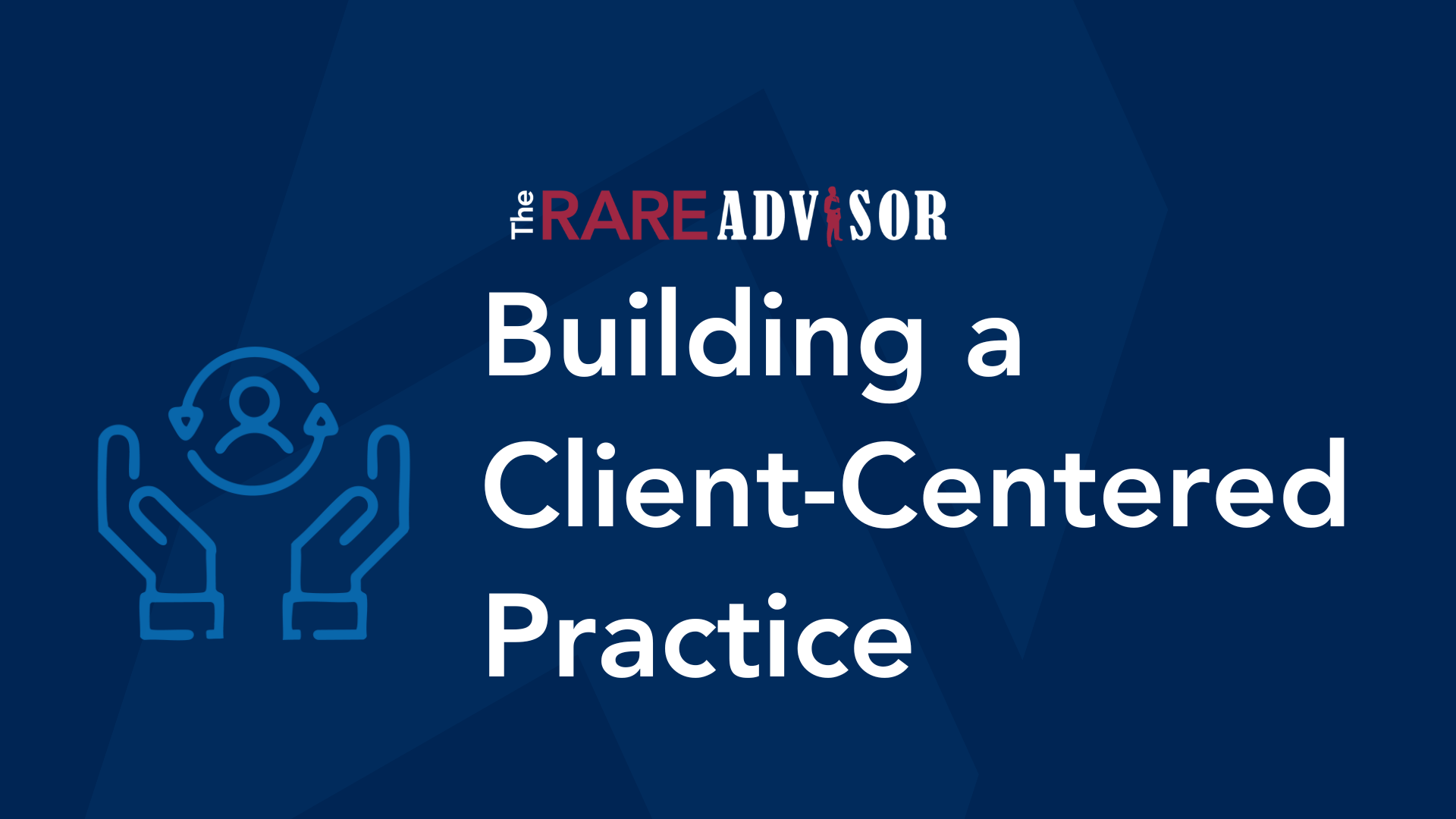5 Easy Steps to Successfully Charging Fees

Charging fees for your time in the financial advisory space is nothing new. However, it has garnered more attention from inside and outside industry circles as the fiduciary discussion continues to take center stage. The guidance shared in this guide assumes you are properly licensed to engage in this activity.

We believe it is important to note the distinction between charging fees for your time vs. fees for assets under management. While they fall under the same regulatory scope, the two must be viewed through separate lenses considering what they represent. Fees for your time, whether hourly or by project, are typically associated with a specific moment in time and related to a particular action or series of actions during that moment. Conversely, fees attached to assets under management typically imply a continuous activity along with ongoing monitoring. Notice we said “typically” in both instances. Advisors can certainly structure a “fee for time” arrangement in such a fashion where it stretches beyond a moment in time. For the purposes of this report, we will separate the two as we believe one has more to do with “advice in the moment(s)” vs. “management over time.”
The following steps are designed to share best practices for charging fees for your time. If you are currently not charging fees for your time, the most important thing to understand is that making this work within your practice has very little to do with the makeup or structure of your practice. If you genuinely create value for your clients, they will not balk at the notion of you charging a fee for your time. However, the first person who needs to be comfortable with this idea is you. You need to be confident in the value that you create for your clients, and you need to deliver on that value for the fee model to work.
Step #1:
Communicate with Transparency
As you take a prospective client through your process, you cannot leave them guessing about what is next. Most consumers do not have a clear understanding of how our industry works; as a result, they have a genuine need for information about what to expect. That includes how they may end up paying for your services. An informed consumer is far more empowered to make an educated and confident decision.
With that said, it is not necessary to tell them the exact fee that will be charged the moment you meet with them. In fact, you may not even know what the fee will be until you uncover more about their situation. If you have ever been on the consumer end of a transaction that had you wondering “what is this going to cost me,” you know that it can be an uneasy feeling. Be prepared to address this question should it arise. The most ideal time to share this conversation is after you have established some rapport and built value by demonstrating that you have a process that you follow. This will typically happen as you approach the end of your first meeting. A conversation like the following would be a good framework to follow...
Want to keep reading?
Related Posts

Year-End Planning with Purpose: Becoming the Advisor of the Future
In this episode of The RARE Advisor, Aaron Grady and Duncan MacPherson explore how financial advisors can approach year-end planning with intention and purpose. Rather than focusing solely on metrics and spreadsheets, they discuss the importance of aligning your “why” with your process and practice. Drawing on Japanese philosophies like Ikigai, Kaizen, Kintsugi, and Wabi Sabi, they share insights on creating a more meaningful, resilient, and sustainable business. Learn how embracing continuous improvement, authenticity, and technology can help you become the advisor of the future.

The Power of Storytelling: 3 Essential Stories Every Financial Advisor Needs
In this episode of Financial Advisor Marketing Playbook, Mark Mersman reveals how storytelling can transform your marketing and client relationships. Learn the three foundational stories every advisor needs: your origin story to build trust, your client transformation story to demonstrate results and empathy, and your philosophy story to define your beliefs and differentiate your brand. Discover practical tips for crafting these narratives and integrating them into your website, meetings, and marketing strategy.

Building a Client-Centered Practice: Insights from Duncan MacPherson & Pareto Systems
In this episode of the Rare Advisor, host Aaron Grady sits down with Duncan MacPherson of Pareto Systems to unpack the “Always On” client experience from The Blue Square Method—showing financial advisors how to move from personality-driven to process-driven, scalable firms. You’ll learn the four quadrants (Onside, Onboard, Ongoing, Onward), why a documented fit process and onboarding sequence create professional contrast, how the 12-4-2 service model competitor-proofs relationships, and why systematizing moments of truth builds advocacy and referrals. We cover turning know-how into intellectual property (playbooks/SOPs), becoming “fee-worthy” and referable, leveraging the Pareto principle for AAA clients, and shifting from B2C to B2B growth.

Year-End Planning with Purpose: Becoming the Advisor of the Future
In this episode of The RARE Advisor, Aaron Grady and Duncan MacPherson explore how financial advisors can approach year-end planning with intention and purpose. Rather than focusing solely on metrics and spreadsheets, they discuss the importance of aligning your “why” with your process and practice. Drawing on Japanese philosophies like Ikigai, Kaizen, Kintsugi, and Wabi Sabi, they share insights on creating a more meaningful, resilient, and sustainable business. Learn how embracing continuous improvement, authenticity, and technology can help you become the advisor of the future.

The Power of Storytelling: 3 Essential Stories Every Financial Advisor Needs
In this episode of Financial Advisor Marketing Playbook, Mark Mersman reveals how storytelling can transform your marketing and client relationships. Learn the three foundational stories every advisor needs: your origin story to build trust, your client transformation story to demonstrate results and empathy, and your philosophy story to define your beliefs and differentiate your brand. Discover practical tips for crafting these narratives and integrating them into your website, meetings, and marketing strategy.

Building a Client-Centered Practice: Insights from Duncan MacPherson & Pareto Systems
In this episode of the Rare Advisor, host Aaron Grady sits down with Duncan MacPherson of Pareto Systems to unpack the “Always On” client experience from The Blue Square Method—showing financial advisors how to move from personality-driven to process-driven, scalable firms. You’ll learn the four quadrants (Onside, Onboard, Ongoing, Onward), why a documented fit process and onboarding sequence create professional contrast, how the 12-4-2 service model competitor-proofs relationships, and why systematizing moments of truth builds advocacy and referrals. We cover turning know-how into intellectual property (playbooks/SOPs), becoming “fee-worthy” and referable, leveraging the Pareto principle for AAA clients, and shifting from B2C to B2B growth.

